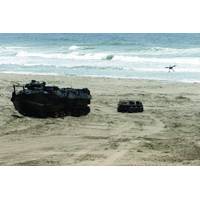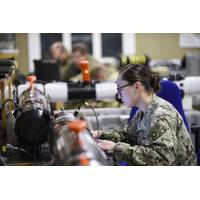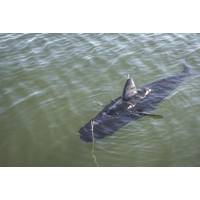
US Navy Helps Small Companies Engage with Experimentation
in an operational environment. Trident Warrior initiatives focused on maritime domain awareness, networks, information operations, and command, control, communications, computers, intelligence, surveillance and reconnaissance (C4ISR) technologies.Advanced Naval Technology ExercisesThe Navy Warfare Development Command and acquisition community runs a series of events called Advanced Naval Technology Exercises (ANTX), which are not tied to fleet events.With ANTX, the Navy and Marine Corps are bringing the warfighter together with the engineer to address an operational problem, “ said Bill Bray

Unmanned Warrior: The Science behind the Systems
and Oceanography Command; Naval Oceanographic Office; Naval Oceanography Mine Warfare Center; Naval Undersea Warfare Center, Newport; Naval Surface Warfare Center, Panama City and Dahlgren Divisions; Space and Naval Warfare Systems Center Pacific; Naval Air Warfare Center Aircraft Division; Navy Warfare Development Command; U.S. Sixth Fleet. Thus far, testing and experimentation has been a resounding success: Analysis of the operational area for underwater hazards and simulated targets was provided to tactical units using ocean gliders and sensors to map the ocean floor. The Hell Bay

US Navy Tests Unmanned Underwater Vehicle
unique propulsion and control capabilities." Its bio-mimicry provides additional security during low visibility intelligence, surveillance and reconnaissance (ISR) missions and friendly hull inspections, while quieter than propeller driven craft of the same size, according to Navy Warfare Development Command (NWDC). The robot is capable of operating autonomously for extended periods of time due to its long-lasting battery, but it can also be controlled via laptop with a 500-foot tether. The tether is long enough to transmit information while inspecting a ship's hull, for example


 February 2024
February 2024





